No products in the cart.
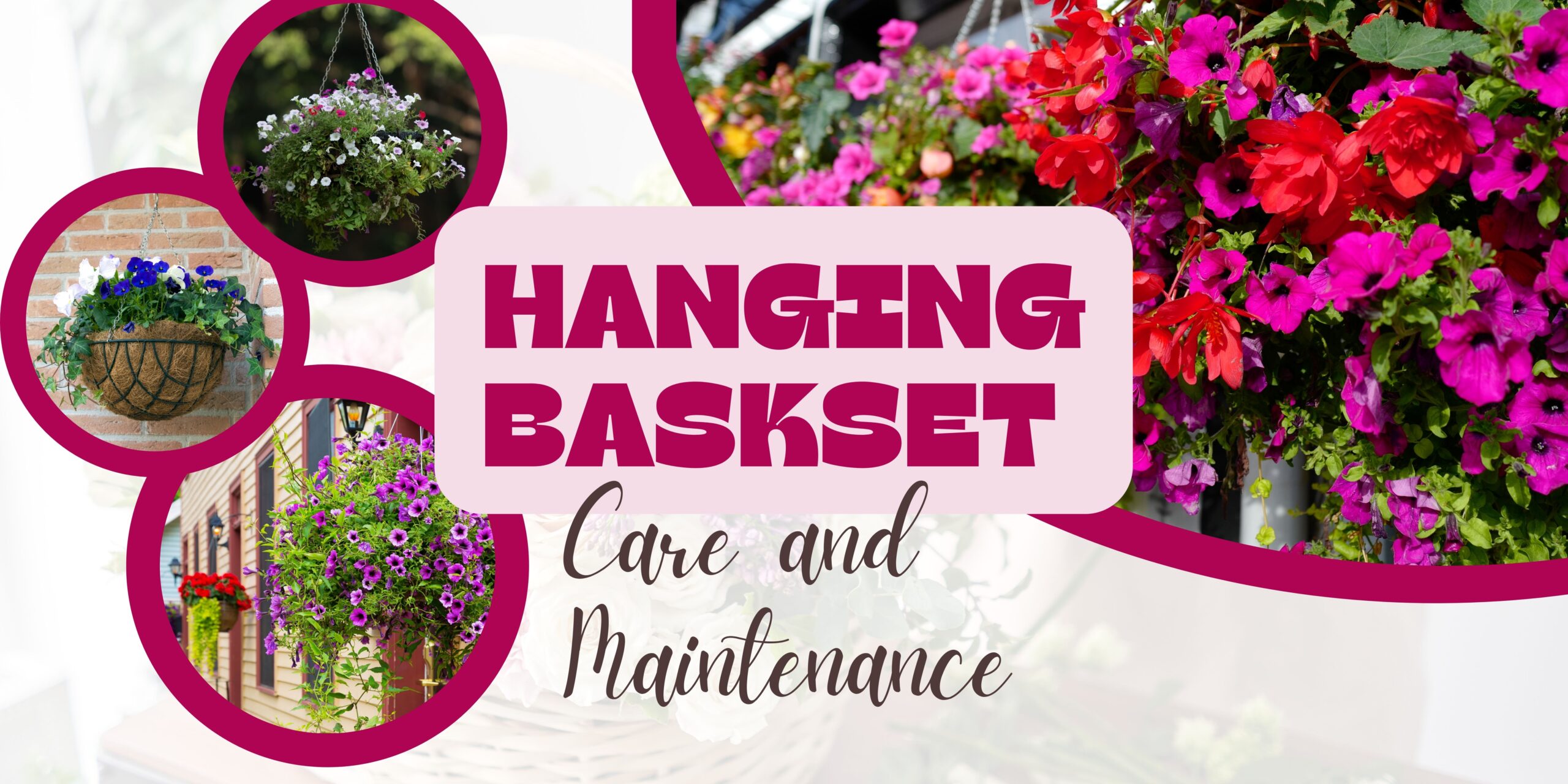
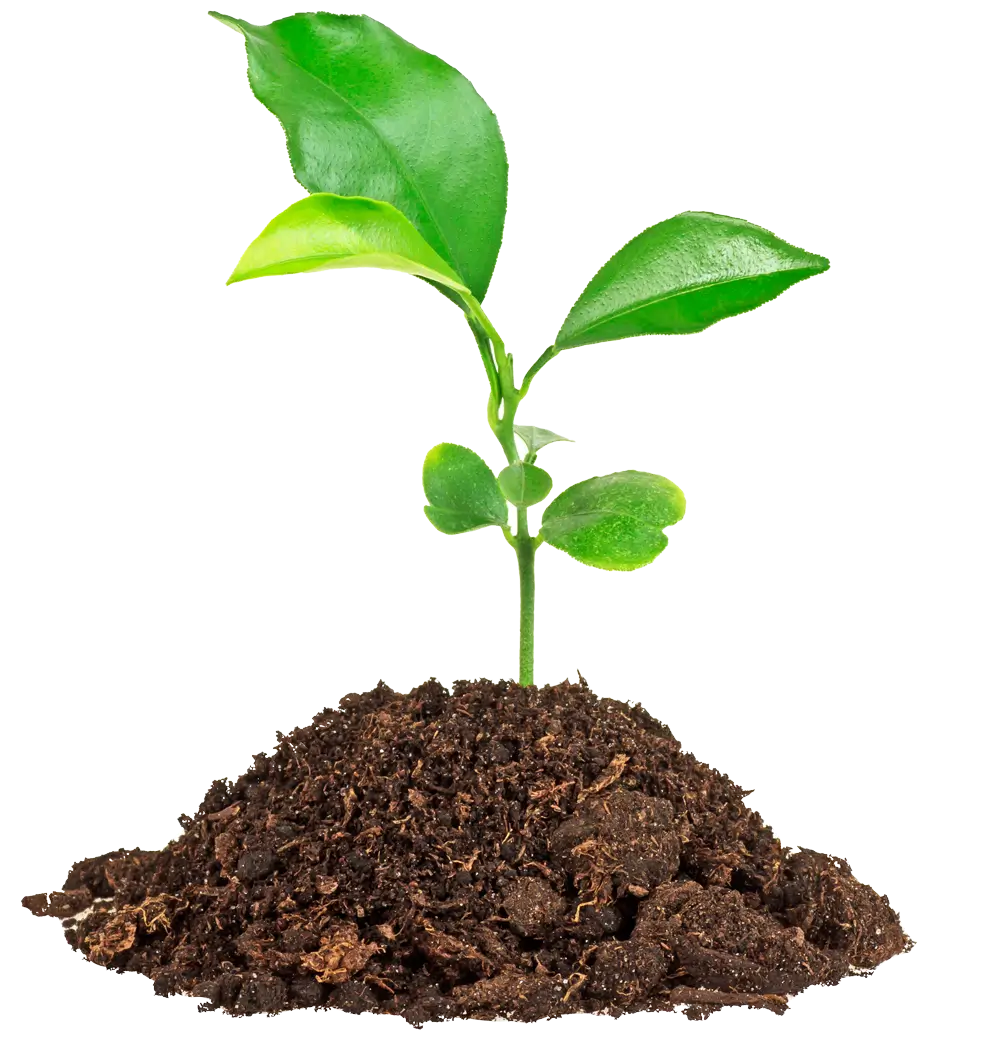

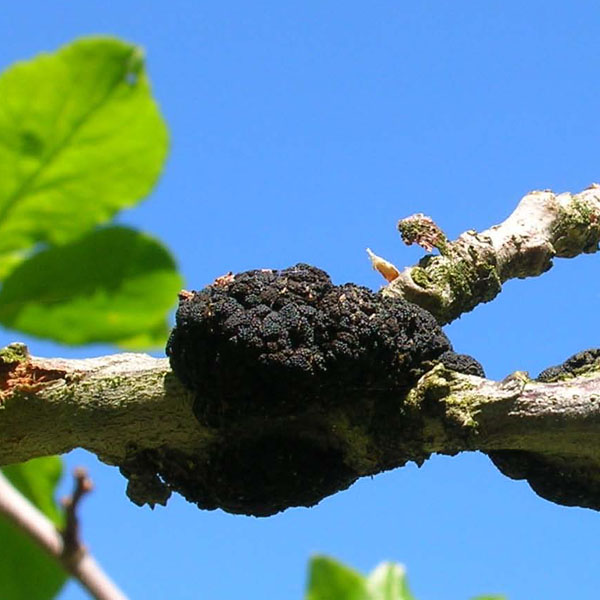 Printable PDF: Black Knot Handout
Printable PDF: Black Knot Handout
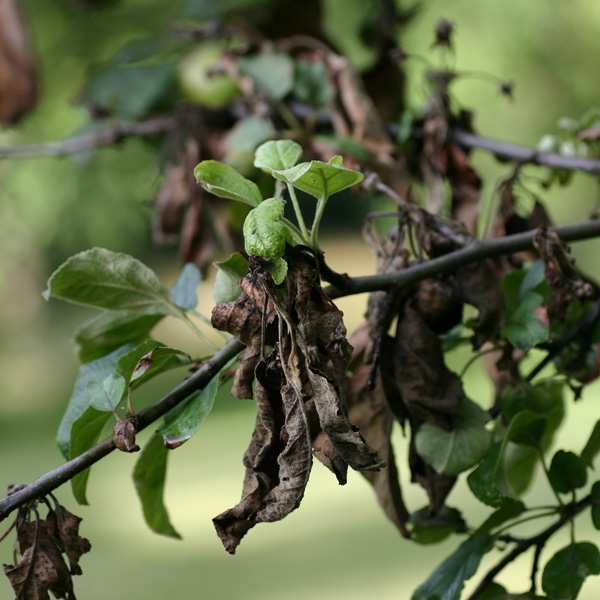
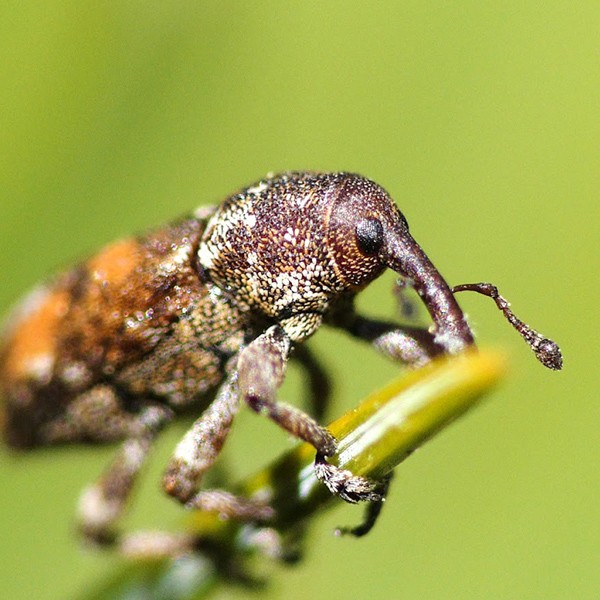
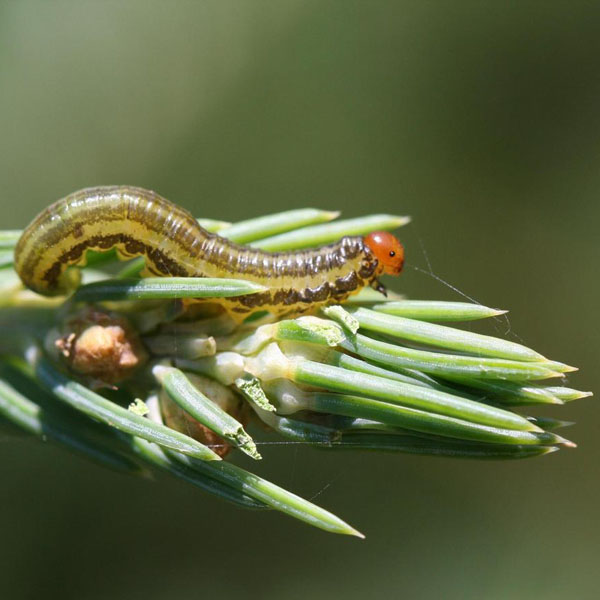
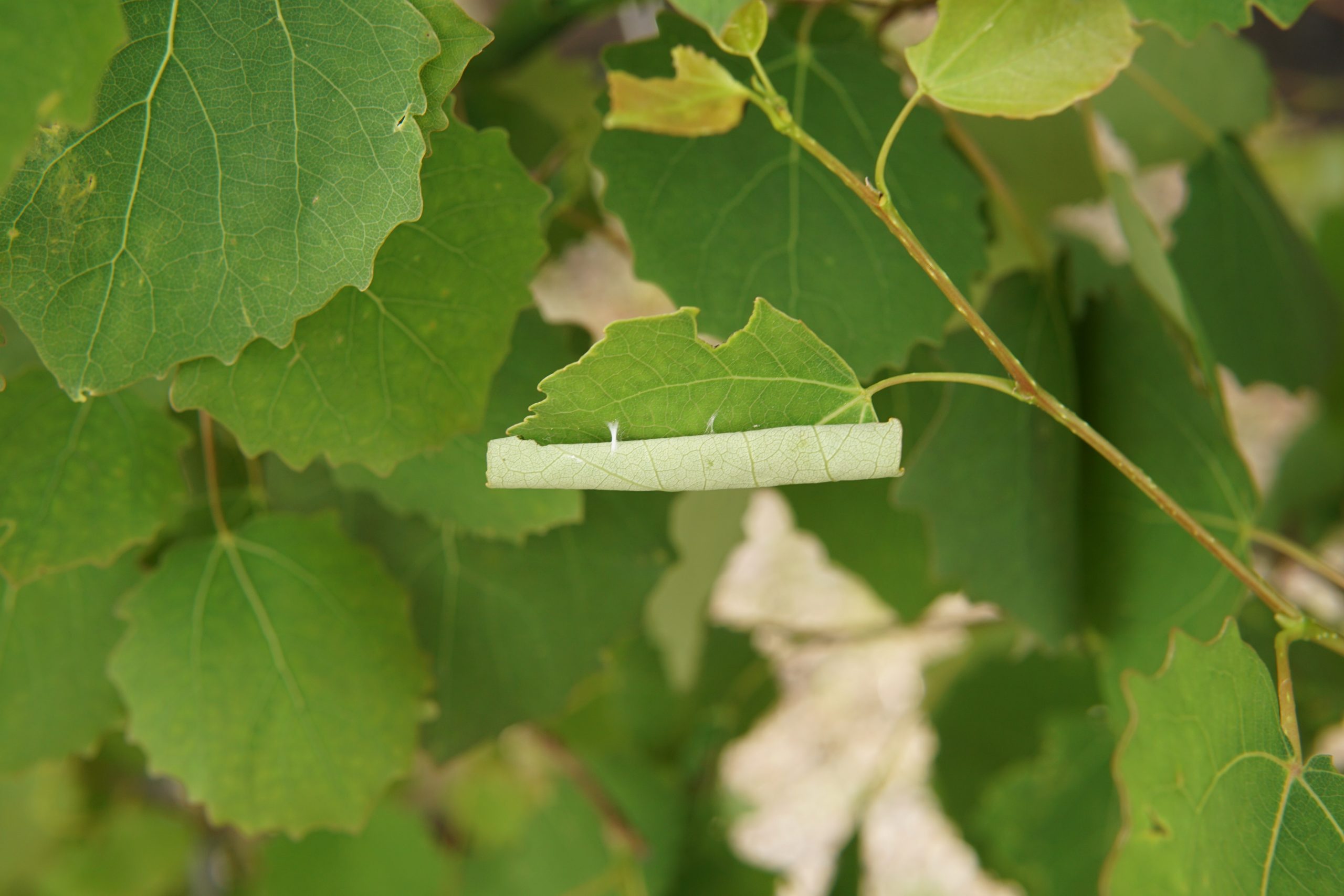
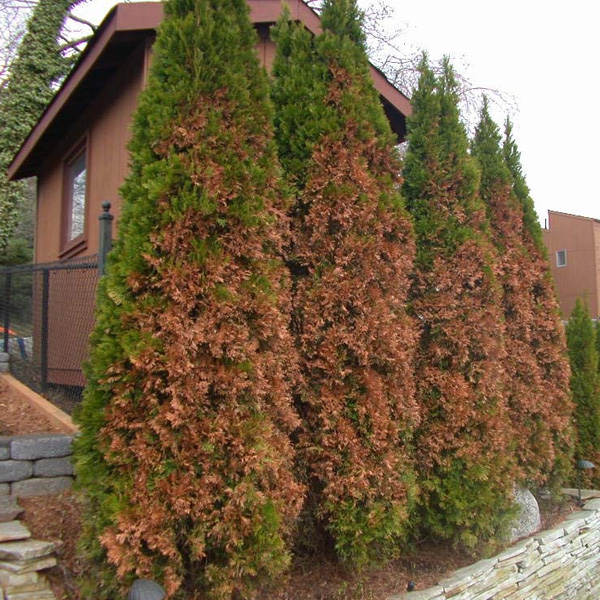
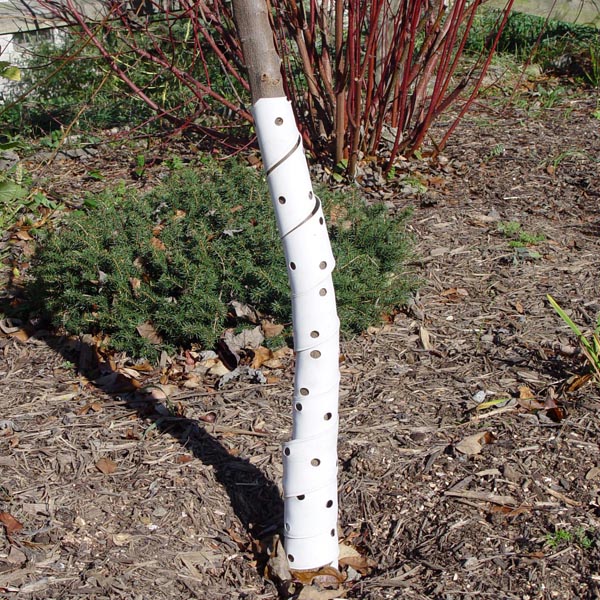
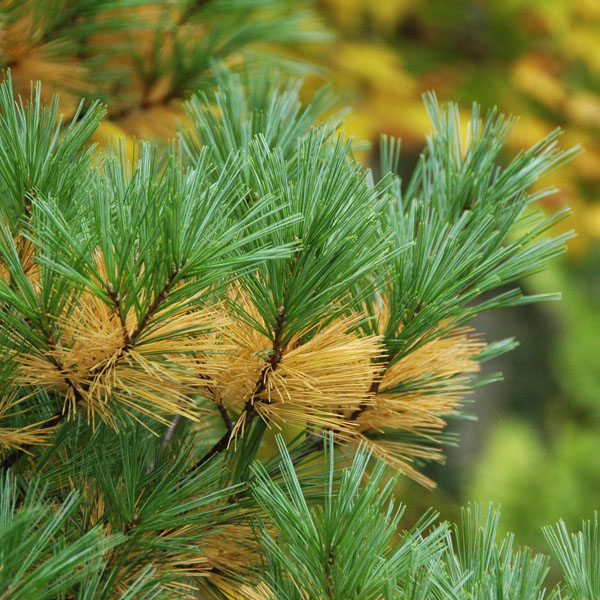
Caliper can refer to two things in the tree world:
Caliper measurements are typically used to identify the size requirements of a deciduous tree for a landscaping plan or architectural guidelines for new builds. Evergreens are measured by height.
There are a few common reasons why you may not find the specific plant you’re looking for:
Check out our Planting Instructions for step-by-step instructions on planting, including digging the hole.
This answer will vary greatly depending on the soil conditions in which you are planting. All plants benefit from nutritious soil and most plants require good drainage. The majority of plants will struggle when planted in a high-clay area. Unfortunately, most new subdivisions (the last 15+ years) have compacted clay rough grade with only a 6” top layer of soil.
If you are digging into well drained soil, we recommend digging a hole 1.5-2 times wider than the pot or root ball, leaving room to backfill around the roots with a nutritious soil or compost mix.
If you are digging into clay, we recommend digging a hole 2-2.5 times wider than the pot and creating a drainage ring around a mound of clay for the plant to sit on, then backfilling with high quality soil/compost. If you’re having a hard time picturing this, head over to our Planting Instructions.
But for any plant, a bigger hole will never hurt, so if in doubt – go bigger!
This is likely our most commonly asked question and is talked about in our Planting Instructions.
If your plant is still in the pot, it should be watered daily – even if it rains. Ensure that the pot can drain freely. Do not leave it sitting in standing water for more than 30 minutes to prevent drowning.
If it is planted, there is no magic formula for how much to water. It will vary based on the type of plant, size of plant, weather conditions, location etc. Your plant will wilt if it is too wet or too dry, so it is important to check the soil before watering.
Newly planted plants benefit from deep soaking during the first year to encourage deep root production: Turn the hose on low, place it close to the base of the plant and allow water to soak into the root area over an extended period of time (5-20 minutes, depending on size). Let the surface dry completely before watering again.
To determine your plant’s water needs, dig a hole 12” deep, just outside the root ball. If the soil is crumbly, it is time to water. If it feels wet and muddy, give your plant more time to dry out before watering again.
All plants benefit from a deep watering right before freeze-up. This creates an ice ball around the roots.
If you are unsure about watering or moisture needs, please contact the nursery.
The size/height and number of stakes you need will depend on the size of tree, and how windy the location is.
Once you have the correct stake(s) for your tree and conditions, follow these steps:
Check your tree often for signs of the hose cutting into the tree, movement in the root ball, or falling over stakes. You may need to relocate or drive the stake deeper, or an adjustment to the wire may be required.
Remember, DO NOT pound any stakes into the ground within 1 metre of any buried utility line.
If your plant was newly planted, it may be experiencing transplant stress or transplant shock. Otherwise, for information about the most common pest and disease problems in our area, check our FAQ. If you still have concerns about your plant, please Contact Us and one of our knowledgeable staff will help.
Transportation and planting can be stressful for plants and may cause transplant shock. The most common symptom of this is the leaves turning to autumn colours earlier than usual, or by dropping leaves. These are signs that your tree is feeling stressed and is focusing energy to root development or is going dormant to conserve energy.
There is rarely a need to be concerned about this – your tree is doing what it needs to, to stay strong and healthy. Keep an eye on it for the rest of the season and into spring, and make sure you’re watering adequately and providing it the nutrients it needs for strong root development.
If you are unsure what is happening to your tree please Contact Us and email us a picture.